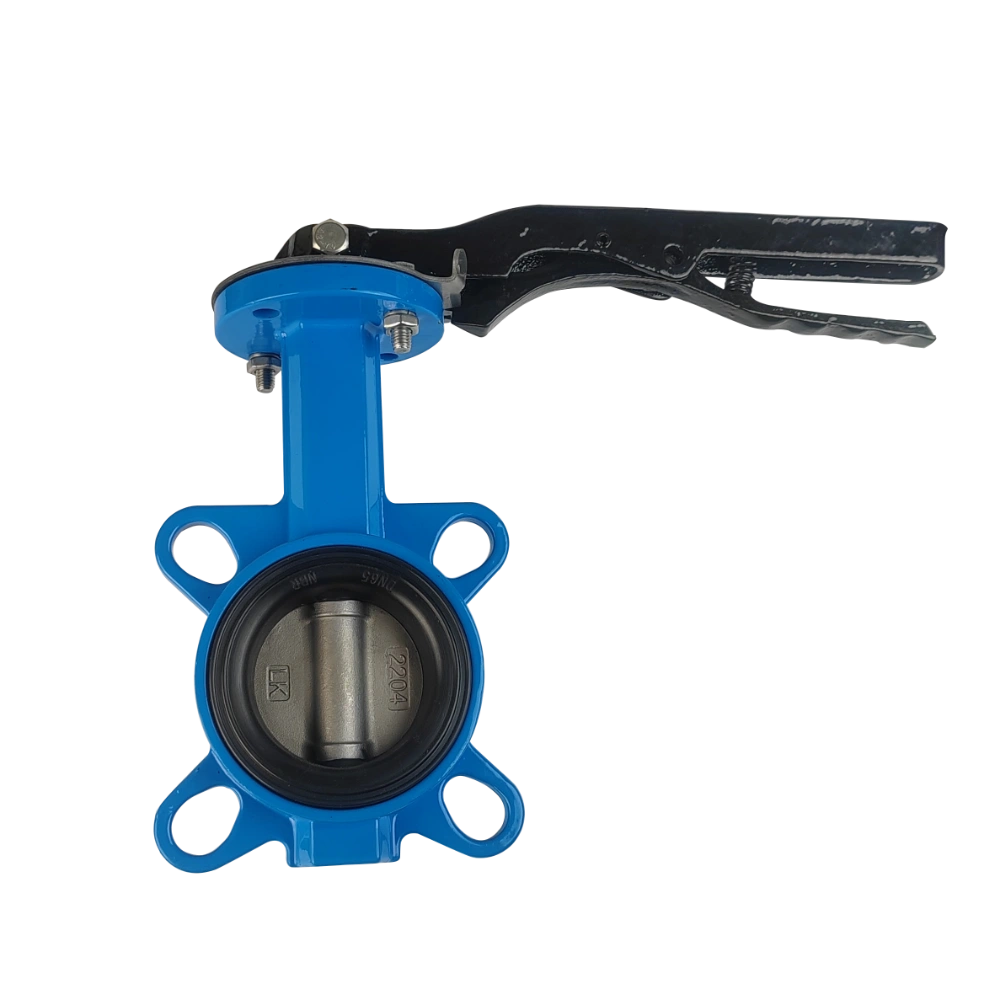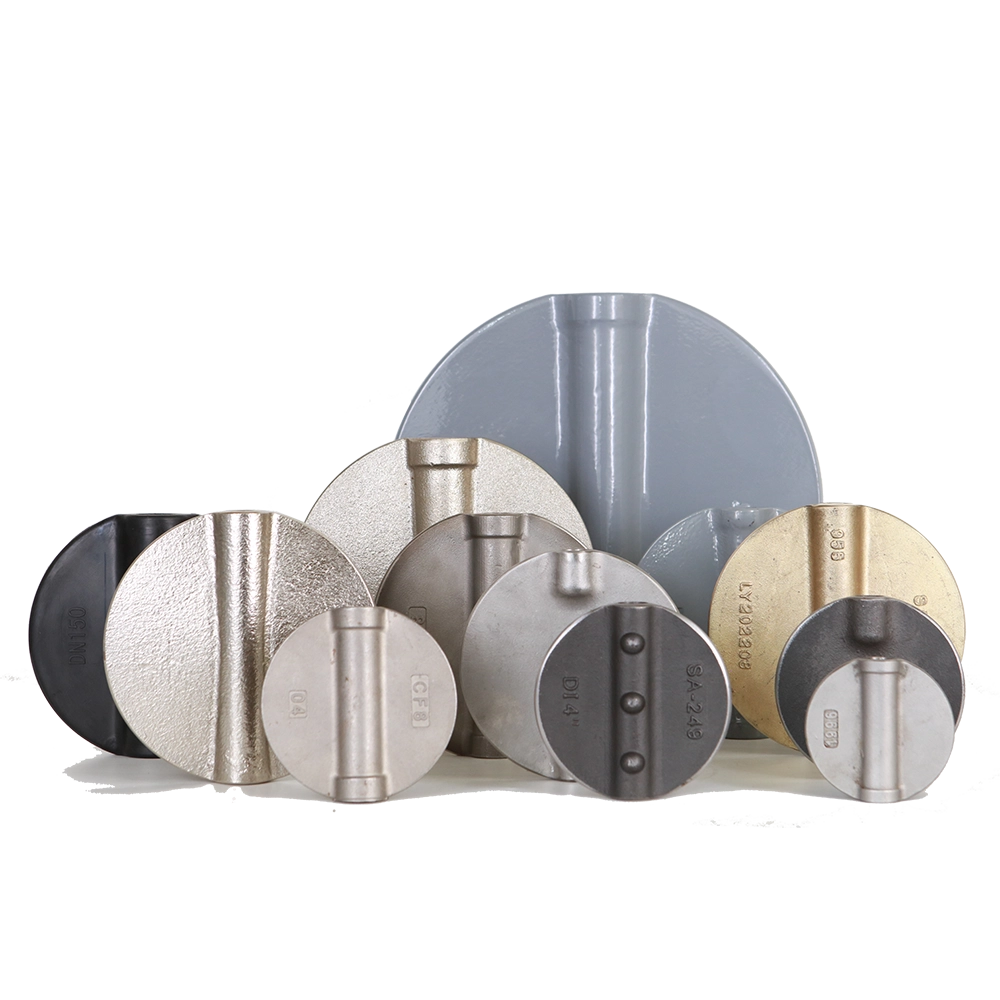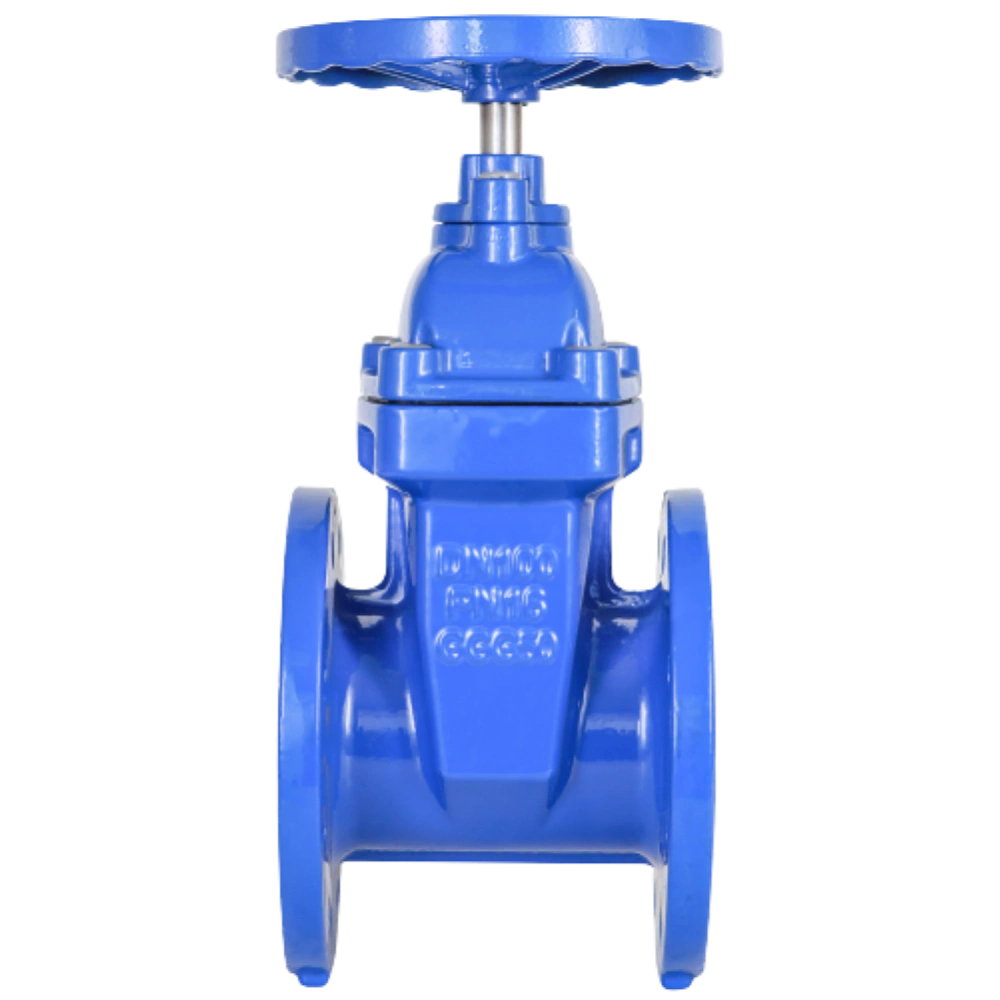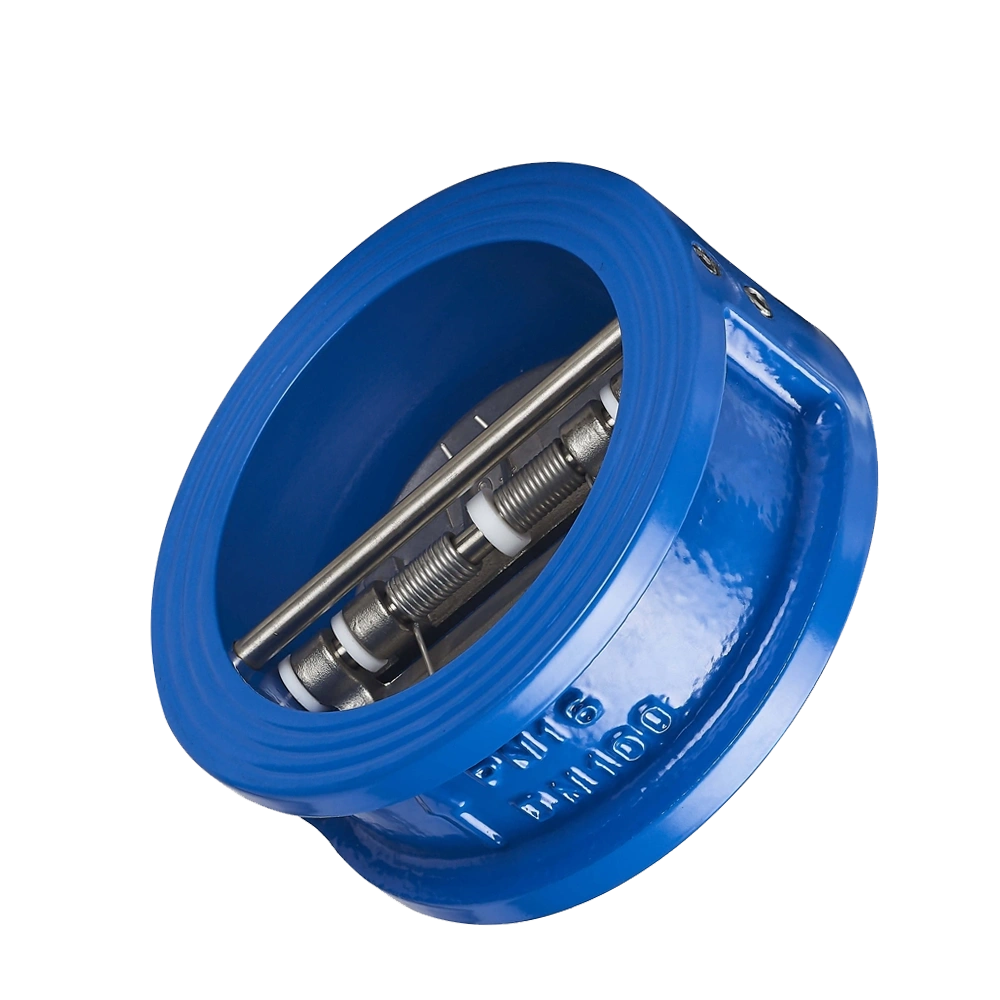A butterfly valve is employed in many industries. It helps to regulate the passage of fluids, such as gases, liquids, and slurries, within a conduit. The valve has a disc that pivots to regulate material flow through the conduit. The material selected for the butterfly valve disc is crucial. It directly impacts the valve’s ability to withstand various environmental conditions. The properties of butterfly valve discs determine the most appropriate materials. This is the focus of the butterfly valve disc material selection guide. Selecting an inappropriate material can compromise the system’s reliability. It may result in premature degradation, leakage, and failure. By considering these criteria, industries can minimize maintenance delays.
What is a Butterfly Valve Disc?
The disc of the butterfly valve is fixed in the pipeline’s diameter direction. A butterfly valve, or flap valve, is a simple modulating valve. To open or close, the disc-shaped plate rotates. It turns around the valve shaft. This rotation happens in the valve body’s cylindrical channel. The angle of rotation ranges from 0° to 90°. When the valve rotates to 90°, it is fully open.
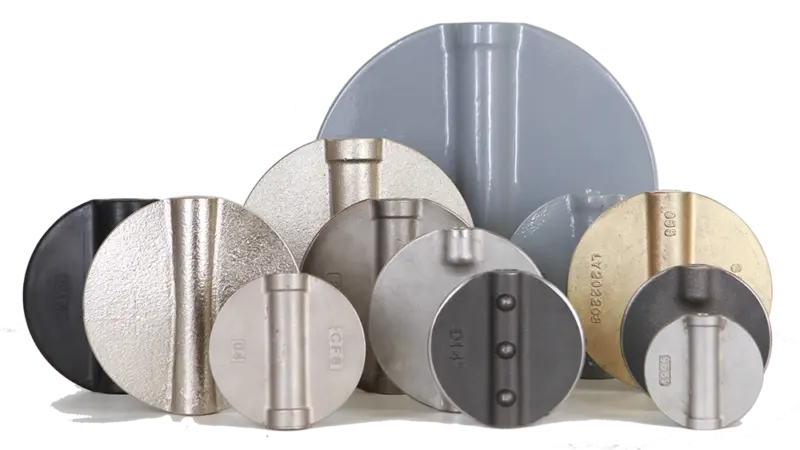
The butterfly valve disc controls the flow of the medium. It opens and closes to regulate the flow. The disc acts as the valve striker. It can be operated by a handle or equipment like a turbine, pneumatic, or electric system. The valve’s performance depends on the condition of the disc. The uniformity of the contact surface between the disc and the rubber seat determines the valve’s tension.
Critical Properties of Butterfly Valve Discs
Corrosion Confrontation
Corrosion resistance is a crucial property of valve discs. This is important in applications exposed to water, chemicals, or harsh media. It ensures the disc keeps its integrity. The property also maintains performance in corrosive conditions. This is crucial in wastewater or chemical processing systems.
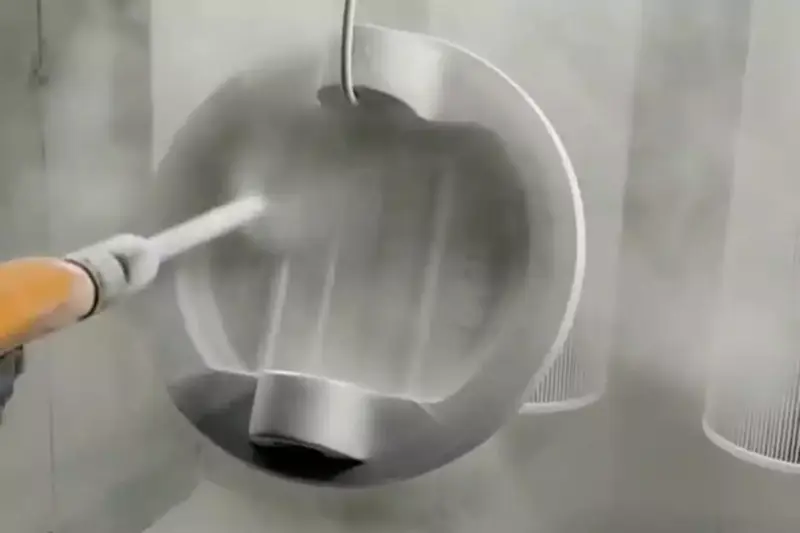
Temperature Resistance
Temperature resistance is the material’s ability to function across a broad temperature range. It ensures the material can handle extreme temperatures without failure. Butterfly valve discs may be subjected to high or low temperatures. The material must withstand these temperature extremes. It should not lose strength or become brittle. Temperature resistance is essential for maintaining valve performance.
Wear Resistance
Wear resistance is the ability of the valve disc to resist surface wear. This wear is caused by friction and contact with other components. In systems with high flow rates or abrasive substances, friction is frequent, leading to wear on the disc. A wear-resistant material helps prevent this damage and ensures the valve continues to function correctly over time.
Strength and Durability
The strength of the butterfly valve disc ensures durability. It can withstand mechanical stresses during operation. A durable disc handles pressure fluctuations, impact forces, and vibrations. It resists breaking or deforming. Choosing a solid material helps extend the disc’s service life and reduces the need for frequent replacements.
Leakage Control
When closed, leakage control ensures the butterfly valve is tight. A well-designed disc material prevents leaks under pressure. It also prevents leaks when temperature changes occur. Proper leakage control is vital for system efficiency. It helps prevent fluid loss in critical applications. It is also essential in water distribution or chemical processes.
Commonly Used Butterfly Valve Disc Materials
The butterfly valve discs are made from various materials. Each material has distinctive characteristics. These materials are well-suited for specific applications.
Carbon Steel
Carbon steel discs are valued for their durability and strength. They are ideal for high-temperature and high-pressure applications. Moreover, protective coatings may be needed in corrosive environments, improving corrosion resistance.
Ductile Iron
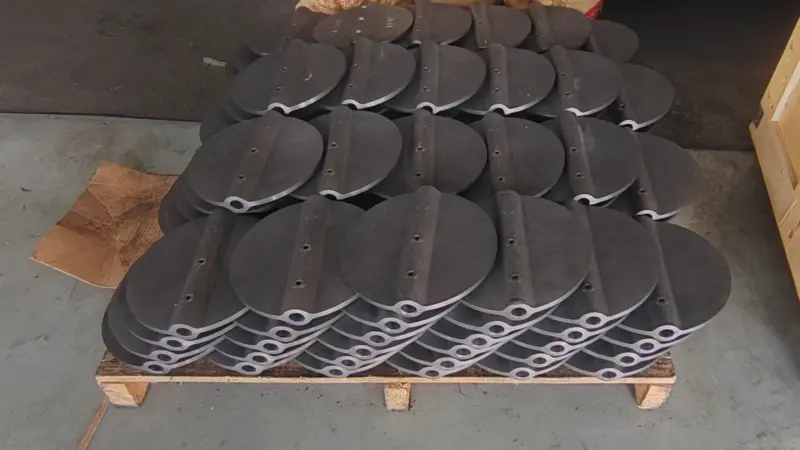
Ductile iron is well-suited for general-purpose applications. It works well with moderate temperature and pressure requirements. It has exceptional mechanical strength and durability. Despite its excellent corrosion resistance, it is unsuitable for highly corrosive environments.
Nickel Alloys
Nickel alloys like monel, inconel, and hastelloy offer superior corrosion resistance. They excel in highly corrosive environments with acids, alkalis, or saline. These materials are used in marine and offshore applications and chemical processing. Corrosion resistance is essential in these industries.
Stainless Steel
Stainless steel discs refer to CF8, CF3M etc, they are preferred for chemical compatibility. They offer high corrosion resistance. Their excellent mechanical properties make them ideal for various applications. Thermal stability and longevity further suit industrial uses.
Aluminum Bronze
Aluminum Bronze valve discs refer to grades such as C95400 and C95800. They are the material of choice for seawater and marine applications. They have good corrosion and erosion resistance. Their excellent mechanical strength and wear resistance make them ideal for harsh environments. Thermal stability and long service life further make them suitable for offshore and industrial use.
Duplex Stainless Steel
Duplex Stainless Steel valve discs refer to grades such as CD3MN (equivalent to ASTM A890 Grade 4A). They are the material of choice for highly corrosive and high-pressure environments. They have excellent resistance to pitting and stress corrosion cracking. Their high strength and balanced austenite-ferrite structure make them ideal for demanding applications. Thermal and chemical stability further enhance their durability in the chemical and oil and gas industries.
Polytetrafluoroethylene (PTFE)
PTFE-lined discs are used in applications requiring chemical Resistance. They also provide non-stick properties. The PTFE lining acts as a protective barrier against corrosive fluids. It minimizes friction and abrasion. It makes it ideal for managing abrasive and corrosive media.
Butterfly Valve Disc Material Selection Guide: Disc Material Selection Criteria
Several factors must be considered when selecting the butterfly valve disc material:
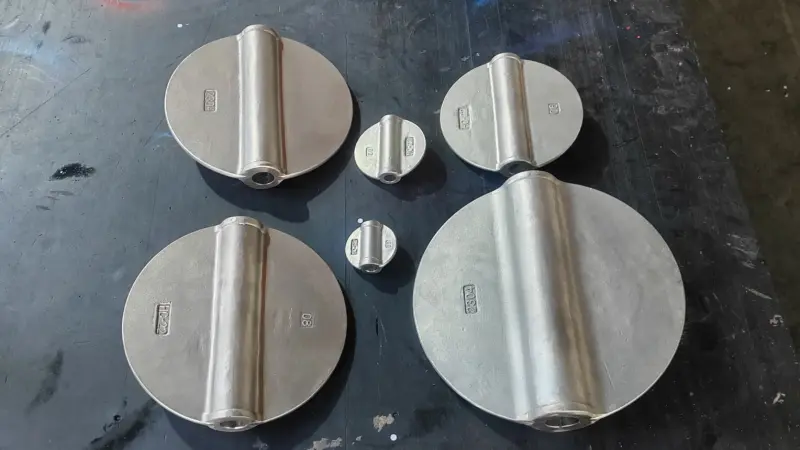
Fluid Compatibility
The disc material must be compatible with the fluid passing through the valve. This prevents corrosion, erosion, or contamination. Material properties may need to vary for different fluids. It ensures the valve’s optimal performance and endurance.
Temperature and Pressure
They affect the disc material’s thermal stability and mechanical properties. It’s crucial to choose a material that can withstand the expected ranges. The material must not deform or fail under these conditions.
Abrasion and Wear Resistance
Abrasion and wear resistance are necessary in specific applications. This is especially true when the fluid contains abrasive particulates. The valve may also experience frequent cycling. The disc material must resist abrasion and wear to ensure its integrity over time.
Chemical Nature
Abrasion and wear resistance are necessary in specific applications. It is especially true when the fluid contains abrasive particulates. The valve may also experience frequent cycling. The disc material must resist abrasion and wear. This ensures the material maintains its integrity over time. It is crucial due to exposure to severe environments or chemicals. Selecting a material with exceptional chemical resistance guarantees reliability. It also ensures the valve’s long-term safety.
Final Thoughts
Selecting the appropriate disc material is essential for valve performance and design. Engineers must test environmental factors, fluid characteristics, and operating conditions. This is crucial when choosing the correct disc material. Manufacturers who decide on suitable materials ensure efficient valve operation, reliability, and long-term performance. It is critical in various industrial applications.

